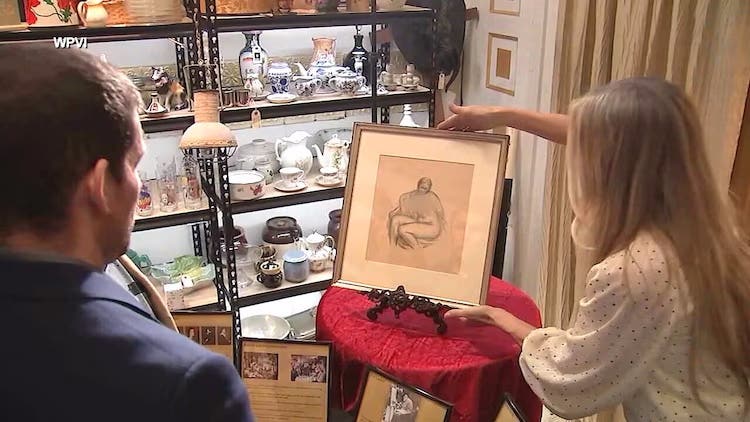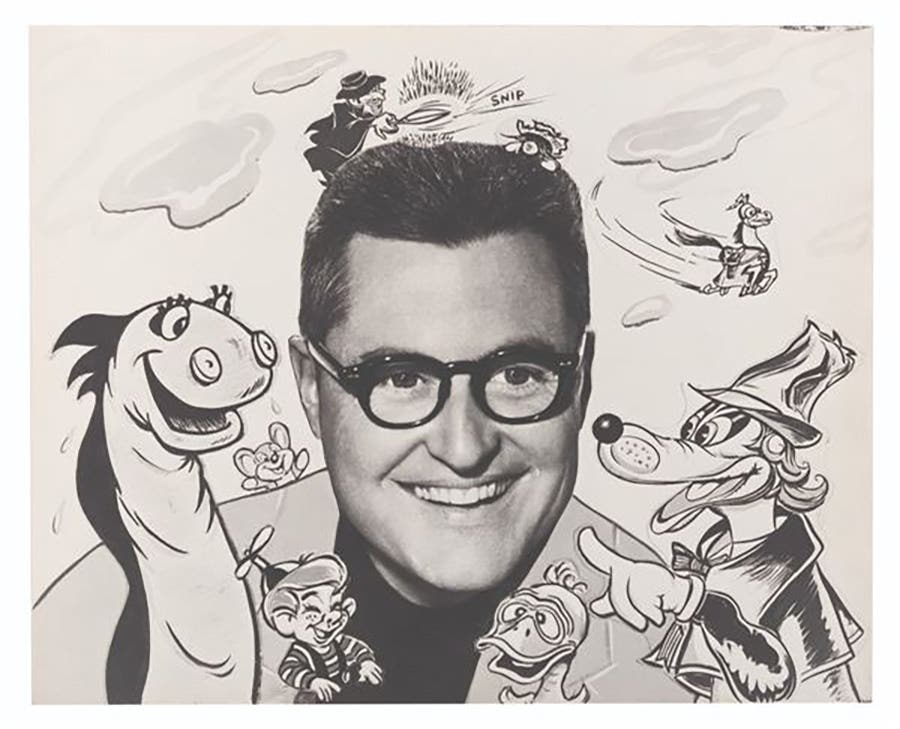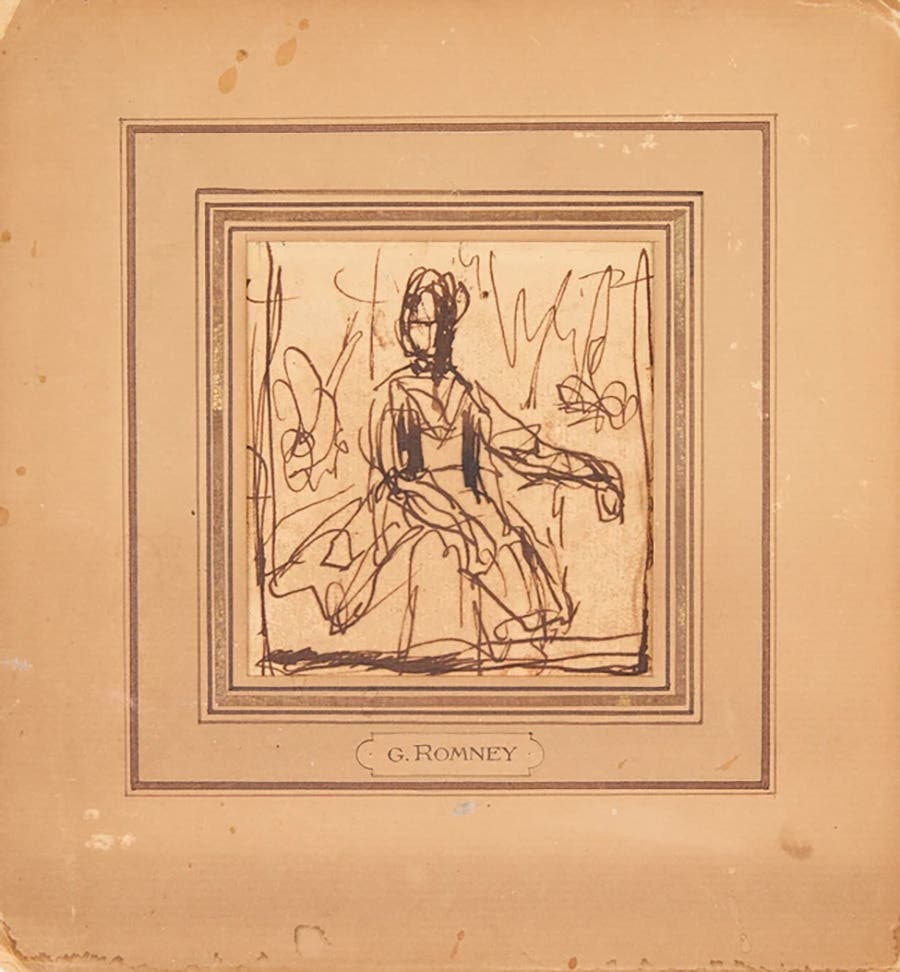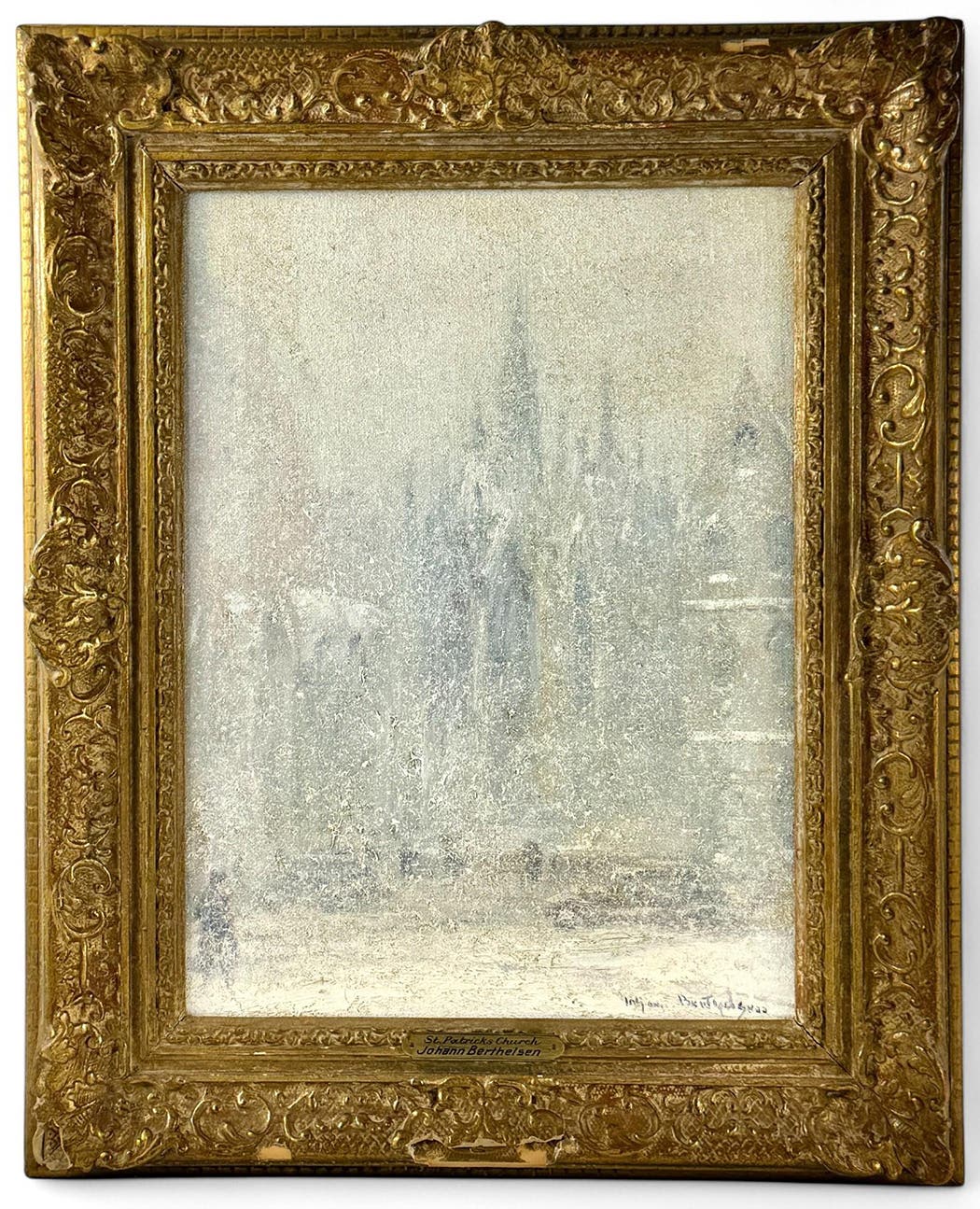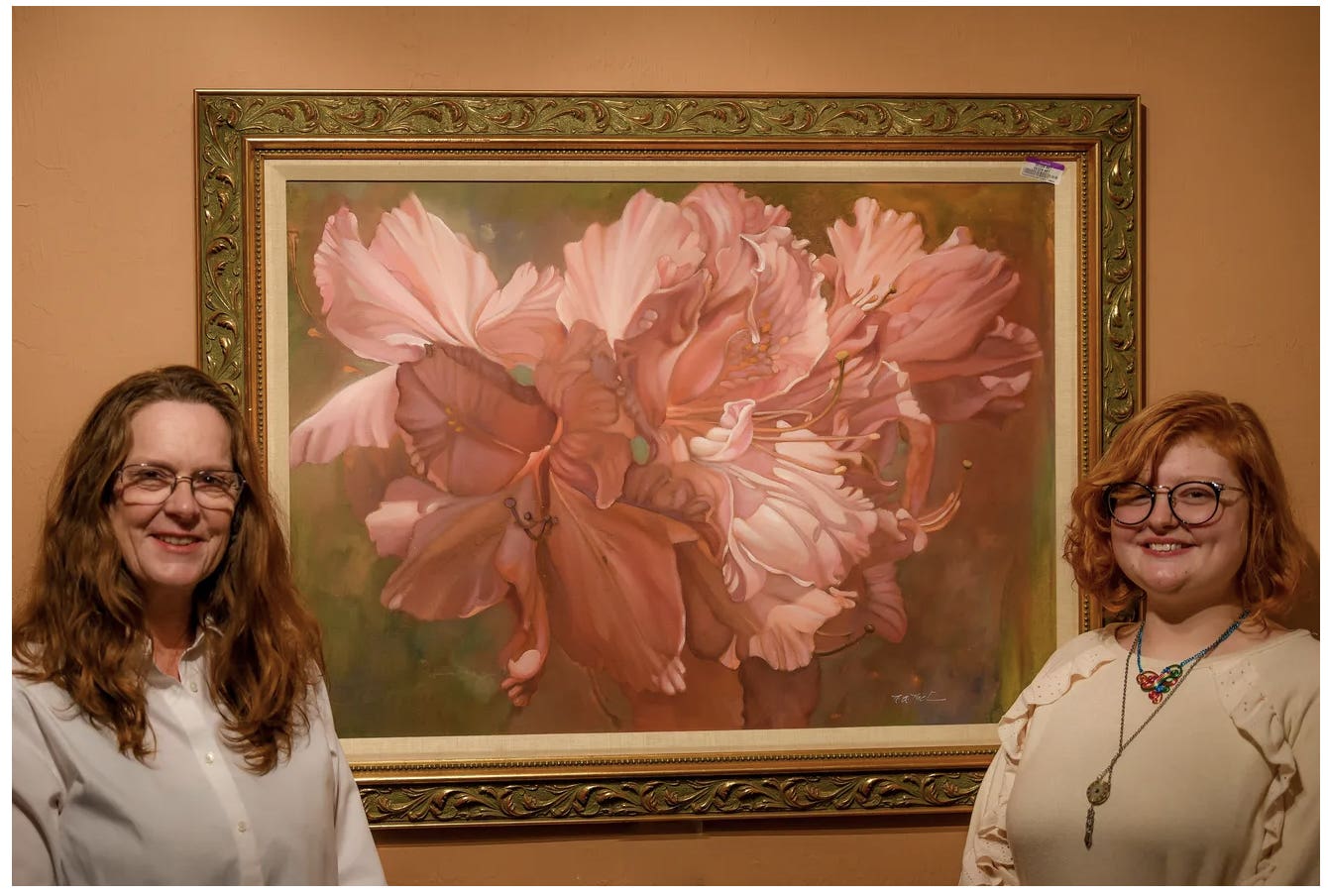Esteem is rising for Édouard Léon Cortès art
Paintings of Paris, scenes from the Left Bank – the City of Light with the Eiffel Tower hovering in the background. It was an old Hollywood movie cliché, the painter…
Paintings of Paris, scenes from the Left Bank – the City of Light with the Eiffel Tower hovering in the background. It was an old Hollywood movie cliché, the painter with his easel near the sidewalk café, peddling his work to tourists. The number of Paris street scenes produced and sold during the 20th century can never be counted. Most have little more than sentimental value but the work of at least one prominent painter, Édouard Léon Cortès, continues to hold and perhaps even gain value on the art market.
Cortes' life and art
Cortès (1882-1969), dubbed the “Parisian Poet of Painting,” was an Impressionist fascinated by the effect of light, shadow and weather on the way we perceive familiar settings. He came from an artistic family. His father had been a painter for the Spanish royal court before immigrating to France. Cortès studied at the Ecole de Beaux-Arts in Paris and exhibited to acclaim as early as 1901. Although he was already 32-years old when World War I began, Cortès was drafted and served bravely. After suffering serious wounds, he was assigned the mission of sketching enemy positions. He returned to his first love, painting, after being discharged and continued to work for many decades.
In the 1980s, a Cortès painting would come in to galleries around the Midwest and elsewhere in North America now and again for appraisal, usually by a doctor, lawyer or other professional with an interest in adding to an already fine collection of 20th century European and American Impressionist works. Cortès was not alone. French street-scene Impressionists such as Andre Gisson (1921-2003), Jules Rene Herve (1887-1981) and Eugene Galien-Laloue (1854-1941) were some of the artists whose works were esteemed among collectors of what was considered a mid-tier level of art of that era. A Manet or a Monet were out of reach, but for several thousand dollars a pop, one could acquire a well-executed and attractive (even showy) work of art. Some of the best galleries in the country were handling these works.
By 2000, those longtime, old school collectors had begun to disappear. At that time, the provenance of a Cortès coming in for appraisal was mostly by inheritance; the original owner had died and the children, not terribly interested in the work, were advised to get an appraisal because they knew their parents had spent a lot of money on the painting. The value of many of artists such as Cortès had leveled off and within a few more years as interest waned, values declined.
Cortes on the market
However, the Cortès market is looking up. Recently, a client needed a written appraisal for insurance for works by Cortès. He had acquired the paintings within the last year from several auctions in New York and London. A Generation X professional with a comfortable art budget, he had purchased five Cortès paintings at auction, spending $10,000 up to $30,000 for each work. He and his wife had researched the art market and in addition to admiring the works, they were thinking of purchasing the paintings for investment. Based on a study of Cortès auction results from the past 40 years, their thinking may be promising.
My client was new to the art market and wondered if I had heard of Cortès. Yes, of course I had although his name had not come up in recent years. He was uncertain if he had paid too much for his paintings. Looking into the market and reacquainting myself with his body of work, I assured him his numbers were just about right.
Recorded auction results in the 1980s saw values for Cortès in the $2,000-$7,000 range. By 1990 his numbers hiked to $10,000. In 2000 they rose, on average, another $5,000 and continued to rise. The highest price paid at auction for a Cortès was $114,000 in 2006. Since 2015, auction results fluctuate between $42,000 and $73,000. Retail gallery offerings cap at just under $100,000.
Of course these numbers are the higher range that Cortès sells for at auction. There are numerous results at lower values, depending on the desirability of the work, condition and perhaps other works by other artists vying for bid. During my research I came upon several Antiques Roadshow episodes throughout the years featuring works by Cortès. One Roadshow specialist, very familiar with his work, valued a Cortès painting from 1959 at $30,000-$50,000 in 2009. I passed that on to my client who was pleased to watch the segment on the artist on such a popular venue.
Perhaps the key to Cortès’ stability in the marketplace is the universal appeal of his subject. “Paris changed during the years that Cortès painted it, and the changes appear in his paintings,” wrote David Klein in his 1999 biography, Édouard Cortès: La Poete Parisien de la Peinture. As the writer pointed, his paintings are usually identified by place, the streets of Paris and all of its arrondissements. “Horses and carriages disappear in favor of cars and trams; women’s hourglass silhouettes and picture hats give way to boyish figures in short skirts and little furs, gas streetlights turn into neon signs and glaring headlights,” Klein continued. “But despite two world wars and the introduction of the machine age, the Paris of Cortès remains primarily the city of the Belle Epoque. His paintings are often filled with nostalgia for the period.” And even when the era is impossible to ascertain, modish people stroll amidst street vendors and artists at work; the seasons are brilliantly marked by the autumnal falling leaves, the April rain glistening on the streets and the soft powder of snow falling on a winter’s eve.
Cortès paintings such as The Rue Royal at Dusk, the Avenue Champs-Elysees at Sunset, the Boulevard de la Madeleine in 1905 or the Place de la Bastille on a Snowy Evening, circa 1930 are timeless reminders of a venerable city alive with boundless energy. Cortès places the viewer in a unique setting all but imagined for many.
The art market outlook for Cortès continues to be bright. A July sale at John Moran Auctioneers in Monrovia, California featured a street scene at dusk, Rue a des Capucine – La Madeleine. The painting fetched $37,500 (including buyer’s premium).
This article was originally published in Antique Trader magazine. If you like what you’ve read here, consider subscribing to the print or digital versions of Antique Trader it’s available for $26 per year (print) or $20 per year (digital) to receive 24 issues.
Learn more about this subscribing>>>



